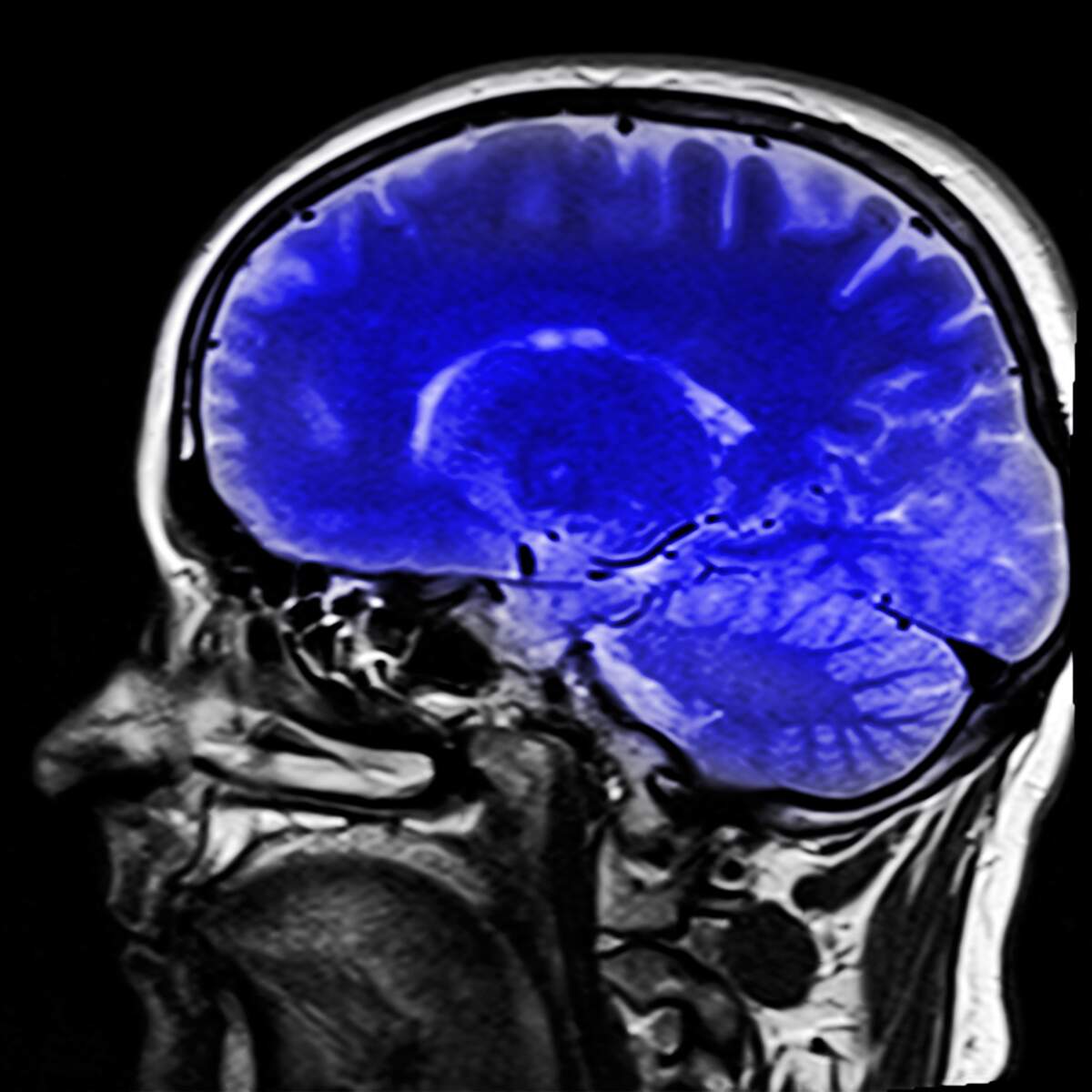

National Gray Day
Also known as
Gray Day
National Day of Gray
Observed
Dates
Founded by
Hashtags
Sources
National Gray Day, sometimes also known as Gray Day or National Day of Gray, raises awareness about brain cancer with events around the globe. It honors caregivers, remembers those who passed away from brain cancer, celebrates those who survived it, and honors and inspires those who are fighting it. National Gray Day takes place during National Brain Cancer Awareness Month, and it is so named because gray is the color designated for brain cancer.
National Gray Day started with Mona Leingang. Her husband, Gary, died of brain cancer in 2010. Before he passed, he told her to "make something good come out of this." So, she created "Gray Day" in 2013, set it on Gary's birthday, and pushed for it to be proclaimed by the Louisiana Legislature. She hoped that the day would grow to be observed in all states, that there would be increased awareness about brain cancer on account of it, and that it would lead to fundraisers for brain cancer research on a larger scale. Voices Against Brain Cancer voiced their support for the day at the time. It appears they continued to do so in subsequent years, and the date of the observance was changed to May 27th.
Brain cancer rears its ugly head when a brain tumor is malignant. When cancer develops elsewhere in the body and then spreads to the brain, it is known as brain metastasis. This is more common than brain cancer that starts in the brain, which is known as primary brain cancer. Cancer that starts in the brain usually doesn't spread beyond it, and the chance of getting this type of cancer is less than 1%, although the chance increases as one gets older.
It is unknown exactly why brain cancer develops, but environmental factors and genetic conditions are thought to contribute to it. Examples of environmental factors are exposure to some industrial chemicals or solvents and prior radiation treatment. Genetic conditions include a compromised immune system and some inherited conditions like Hippel-Lindau disease, Li-Fraumeni syndrome, and Neurofibromatosis. Brain cancer symptoms—of which there are a wide variety—vary depending on what part of the brain the cancer is located in and what functional system is affected. Cognitive impairments and visual, speech, and coordination issues are common.
Brain cancer is diagnosed in numerous ways, such as by biopsy, laboratory tests, angiography, bone scan, MRI, CT scan, and PET scan. There are also a wide variety of treatments for it, depending on the type of cancer and its severity, including surgery, neurosurgery, craniotomy, endoscopy, intraoperative neuronavigation, intraoperative electrophysiology, intraoperative radiation therapy, radiation therapy, chemotherapy, and targeted therapy. On National Gray Day, we raise awareness about brain cancer, acknowledge those who have been affected by it, and work to eliminate it.
How to Observe National Gray Day
The following are some ways you could observe National Gray Day:
- Take part in a National Gray Day event being held near you. You could even host your own event.
- Share about the day with others and recruit people in your community in political office or other positions of power to support the day.
- Change your social media profile picture to a gray ribbon.
- Wear gray and encourage others to wear it as well.
- Become involved with Voices Against Brain Cancer. You could become a Volunteer, a Voice, or a Sponsor.
- Make yourself aware of the types of brain tumors and cancer and their symptoms.
- Eat a cancer-fighting diet.





















